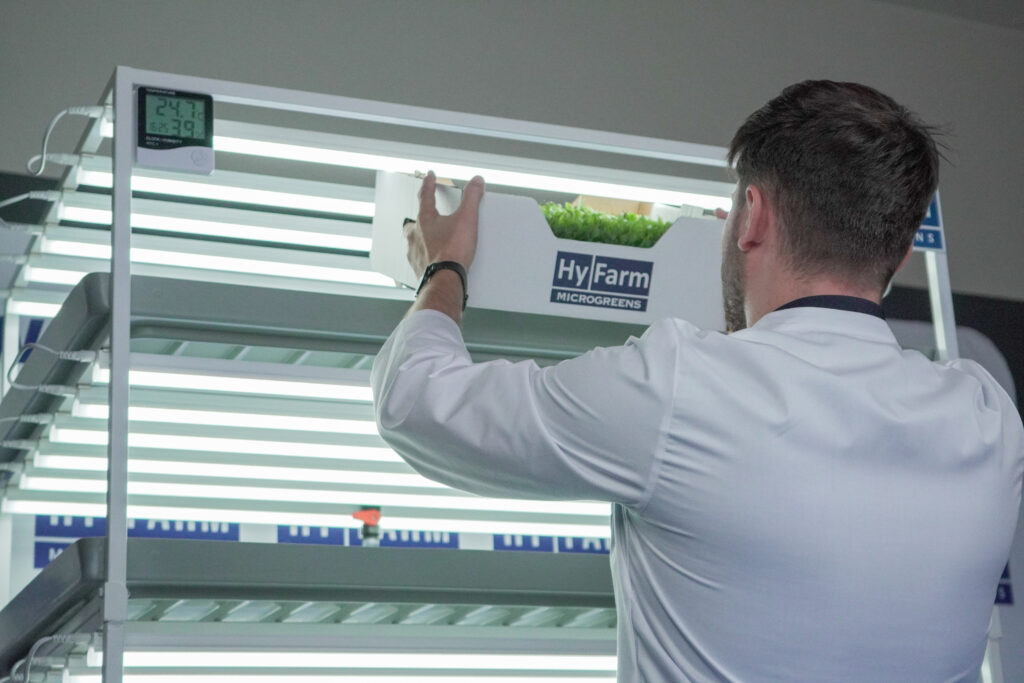Vertical hydroponic farming represents a significant evolution in the field of agriculture, offering an innovative solution to some of the most common problems faced by global food production. This cultivation method not only brings efficiency and sustainability to agricultural production but also redefines the possibilities of using limited spaces, especially in the context of rapid urbanization and population growth.
In the search for more efficient and eco-friendly methods of growing food, vertical hydroponic farming emerges as a promising solution. By utilizing vertical spaces and providing direct nutrition to plants through aqueous solutions, this technique allows for the cultivation of large quantities of food under controlled conditions, without the need for traditional soil or large amounts of water.
The benefits of vertical hydroponic farming include:
- Space optimization: Utilizing verticality, this method maximizes production per square meter, turning even the smallest spaces into productive agricultural areas.
- Efficient water use: Hydroponic systems recycle water, drastically reducing the consumption of this vital resource.
- Superior product quality: Control over the growing environment allows for the optimization of quality and taste, providing better products.
- Reduced need for pesticides: Due to the controlled growth environment and the absence of soil, the risk of pests and diseases is greatly diminished.
- Continuous production: The system allows for plant cultivation regardless of the season, ensuring constant production throughout the year.
- Sustainability: Vertical hydroponic farming contributes to reducing the ecological footprint of food production, directly addressing the challenges related to climate change and environmental degradation.
- Crop customization: Environmental conditions, such as light, temperature, and humidity, can be adjusted to optimize the growth of different types of plants, allowing for a great diversity of crops.
- Energy efficiency: Modern vertical farming systems can use energy-efficient LED lighting optimized for plant photosynthesis, reducing energy consumption.
- Reduced food waste: The proximity of production sources to consumers can significantly reduce food waste due to decreased perishability during transport.
- Location flexibility: Vertical hydroponic farming can be implemented in almost any location, including urban areas or regions with unproductive soils, transforming unused spaces, such as abandoned interiors, into productive farms.
- Climate resilience: Hydroponic systems are less affected by extreme weather conditions, climate change, or seasonal fluctuations, ensuring constant and predictable production.
Conclusion:
Vertical hydroponic farming is not just a cultivation method; it is a revolution in agriculture. With its significant advantages, it offers a path towards a future where food can be produced efficiently, sustainably, and in harmony with the needs of a growing population. In a world facing ecological challenges and limited resources, the widespread adoption of vertical hydroponic farming could play a crucial role in ensuring global food security, transforming the way we think about food production and consumption.


